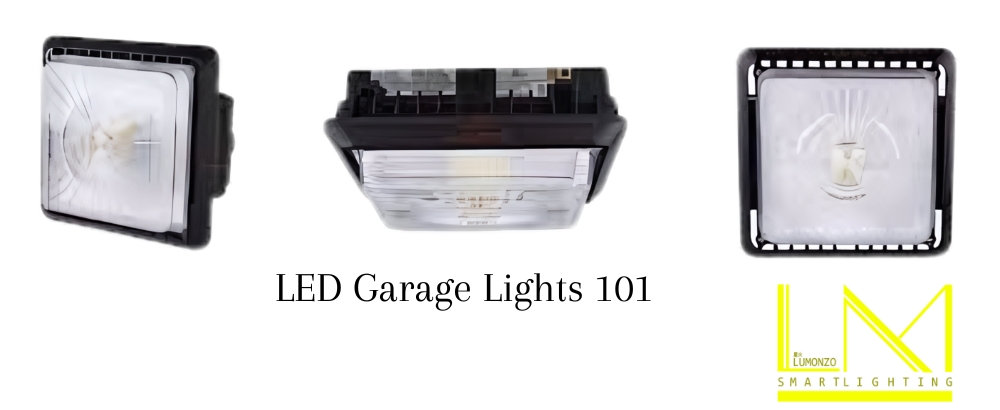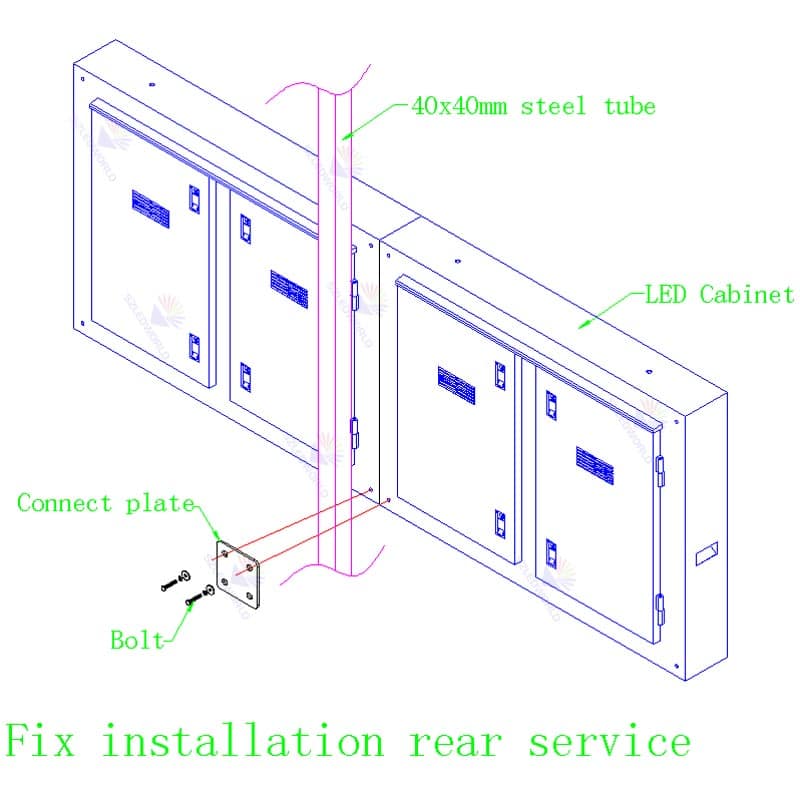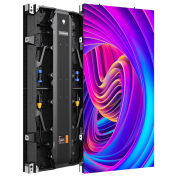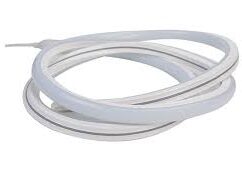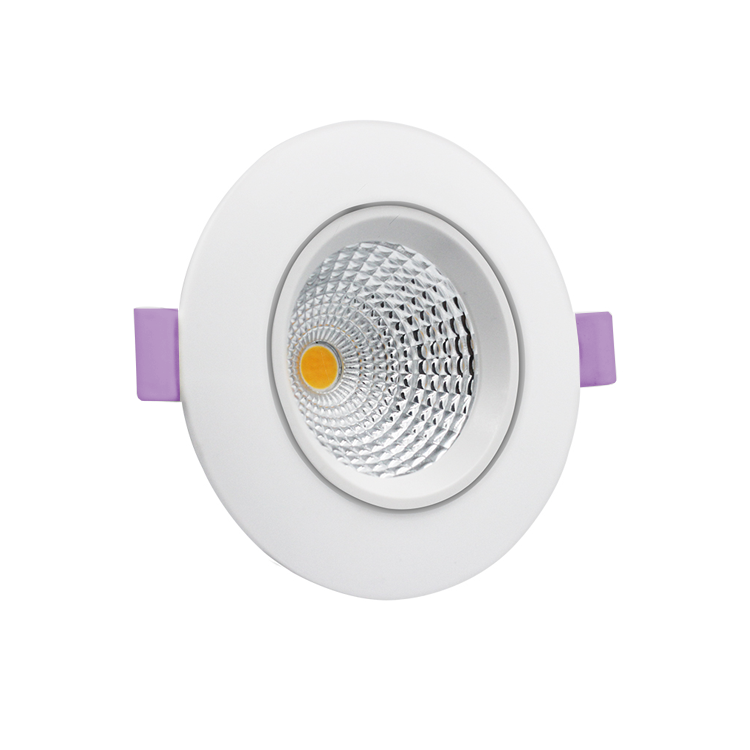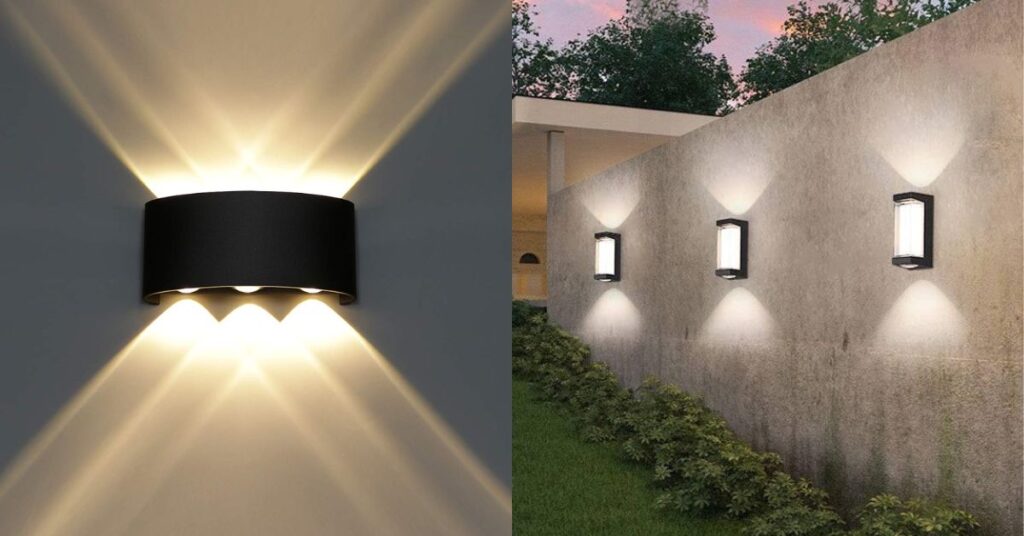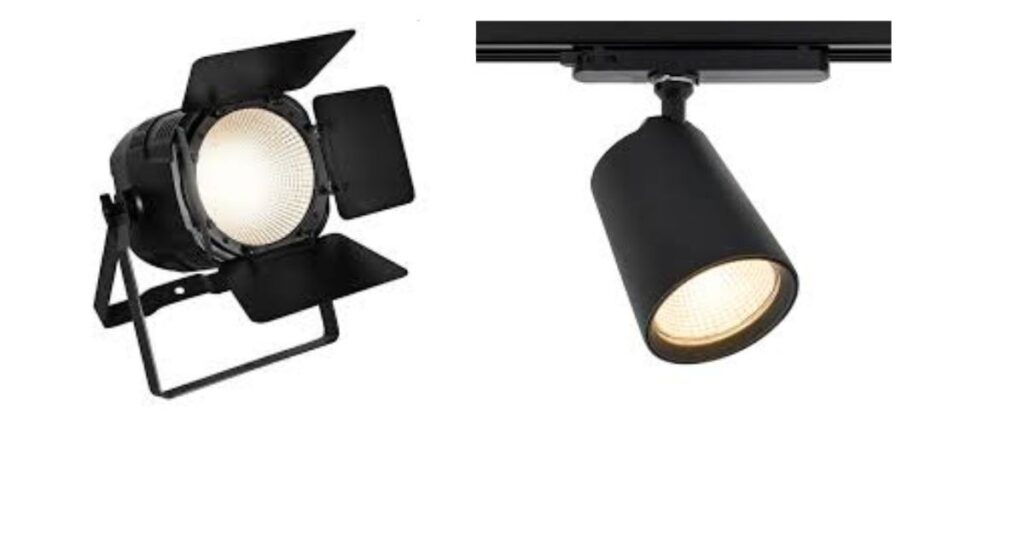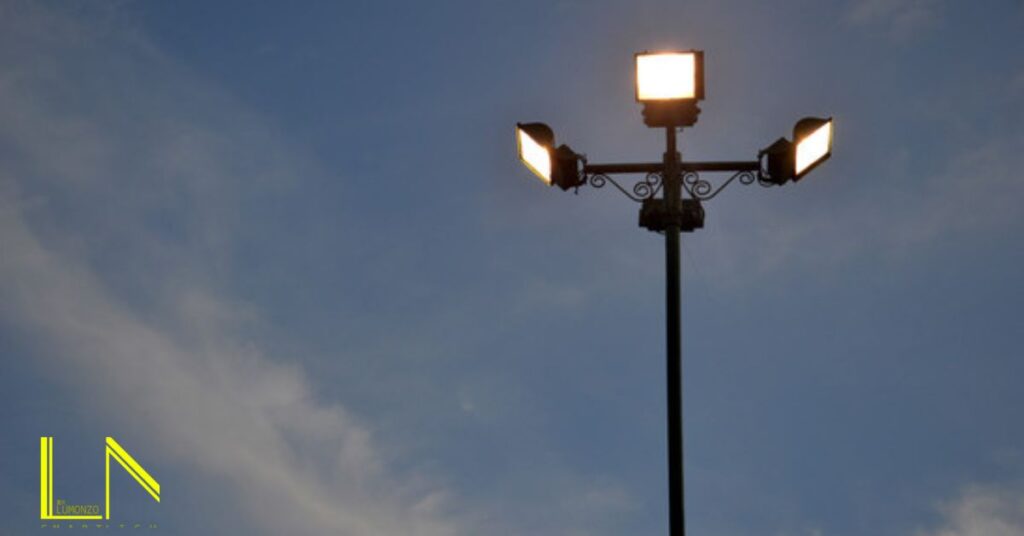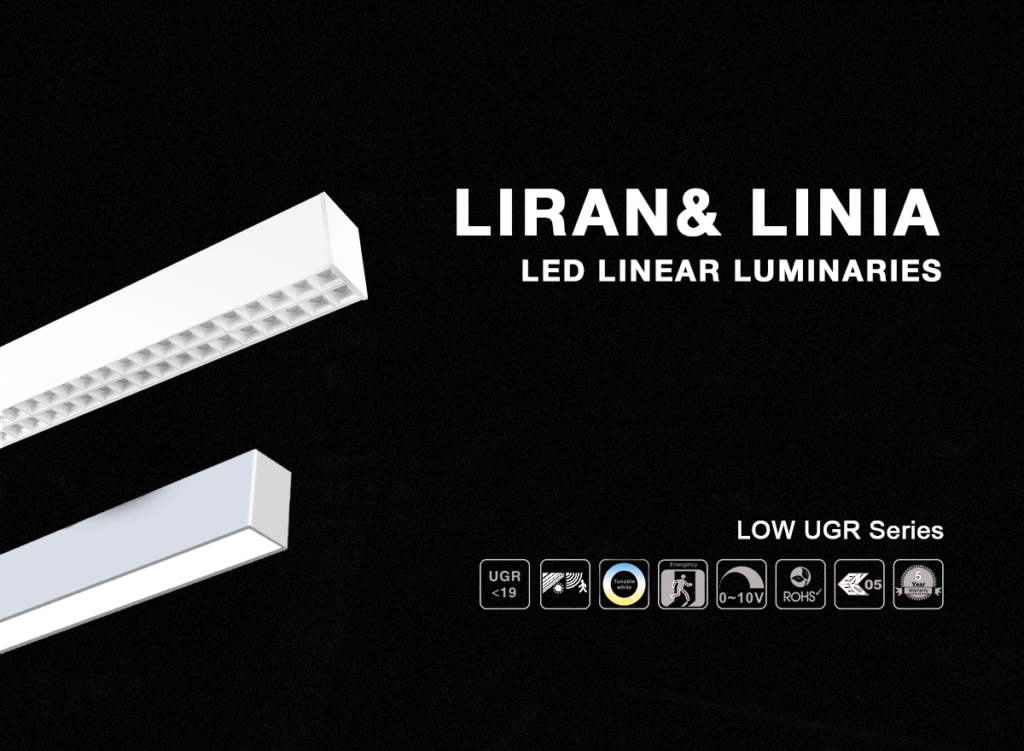LED Garage Lights 101: Illuminating Your Workspace for Efficiency and Safety
LED Garage Lights 101, Your garage is more than just a parking spot; it’s a workshop, a storage unit, and sometimes even a makeshift gym. But without proper lighting, navigating this multi-purpose space can be a challenge. Enter LED garage lights—the modern solution for a bright, efficient, and safe workspace. This comprehensive guide dives into everything you need to know about LED garage lighting 101. This article enables you to understand the benefits of choosing the perfect fixtures and installation tips. Why LED? Advantages Over Traditional Lighting Traditionally, fluorescent lights have been the go-to option for garages. However, LED technology has emerged as the superior choice, offering a multitude of benefits: Energy Efficiency: LEDs are the undisputed champions of energy efficiency. They convert much more energy into light than fluorescents, resulting in significant savings on your electricity bill. An LED light can use up to 80% less energy than a fluorescent bulb, translating to real dollars saved over the long run. Lifespan: LED lights boast an incredibly long lifespan, often over 50,000 hours. This translates to years of worry-free illumination without the constant hassle of replacing burnt-out bulbs. Imagine the time and money saved compared to frequently replacing traditional bulbs! Durability: LED lights are built to withstand bumps and vibrations in a garage environment. Unlike their fragile fluorescent counterparts, LEDs do not have delicate filaments or glass tubes, making them ideal for areas prone to accidental contact. Instant-On Lighting: Unlike fluorescents, which take time to warm up, LEDs reach full brightness instantly. No more waiting around for your garage to illuminate—the light turns on exactly when you need it. Heat Generation: LED lights emit minimal heat compared to traditional bulbs. This is a significant benefit in garages, where temperatures can soar during hot summers. Less heat means a more comfortable workspace, especially if you spend extended periods working in your garage. Environmentally Friendly: Unlike fluorescent bulbs, LEDs are free of mercury and other harmful chemicals. Additionally, their lower energy consumption reduces your overall carbon footprint. Versatility: LED garage lights come in various styles, color temperatures, and lumen outputs, allowing you to customize the lighting to suit your needs. There’s an LED solution, whether you require bright overhead lighting for general tasks or focused task lighting for your workbench. Types of LED Garage Lights:With the knowledge of lumens in hand, let’s explore the different types of LED garage lights available: Choosing the Right LED Garage Lights 101 With the vast array of LED garage lights, selecting the right ones can feel overwhelming. Here are some key factors to consider: Considering Motion Sensors and Smart Controls Motion sensors add a layer of convenience and energy savings to your LED garage lighting. These sensors detect movement, automatically turn the lights on when someone enters the garage, and turn them off after a set period of inactivity. This eliminates the need to fumble for a switch in a dark space and reduces energy consumption by ensuring lights aren’t left on unnecessarily. For those seeking the pinnacle of convenience and energy efficiency, delve into the world of smart LED garage lights. These lights seamlessly integrate with smart home systems, opening up a realm of possibilities. Imagine controlling your garage lights remotely using your smartphone or voice commands. You can adjust brightness, set schedules, and even group lights together for coordinated control, all from the comfort of your home. Installation Essentials While some LED garage lights are designed for easy DIY installation, consulting a qualified electrician is always recommended, especially for complex setups or if you’re unfamiliar with electrical work. However, if you’re comfortable with basic electrical tasks, here are some essential steps to ensure a smooth installation: Maintaining Your LED Garage Lights 101 LED lights require minimal maintenance, but a few simple practices can extend their lifespan: Conclusion: By switching to LED garage lights, you’re not just upgrading your illumination but making a wise investment. LED technology offers a winning combination for your garage, from significant energy savings and extended lifespan to improved safety and versatility. With the knowledge you’ve gained from this comprehensive guide, you’re well-equipped to choose the perfect LED lighting solution for your workspace, transforming your garage into a bright, efficient, and safe environment for all your needs. FAQs Q: How many lumens do I need for my garage? A: The recommended starting point for general garage lighting is around 50 lumens per square foot (lm/ft²). However, this can vary depending on factors like ceiling height and the presence of windows. Consider additional task lighting for workbenches, requiring higher lumens for focused illumination. Q: Can I install LED garage lights myself? A: Some LED garage lights are designed for easy DIY installation. However, consulting a qualified electrician is always recommended, especially for complex setups or if you’re unfamiliar with electrical work. Q: Do LED garage lights work in cold temperatures? A: Unlike some fluorescent bulbs, most LED garage lights function well in cold environments. However, always check the specific temperature rating of the LED fixture you choose to ensure compatibility with your garage climate. Q: Are there any dimming options available for LED garage lights? A: Yes, certain LED garage lights offer dimming capabilities. These provide added control over the light intensity, allowing you to adjust the ambiance for different purposes. Look for dimmable fixtures compatible with your existing dimmer switches or smart home systems. Q: Are LED garage lights eco-friendly? A: Absolutely. LED lights are significantly more energy-efficient than traditional options, reducing your carbon footprint. Additionally, they contain no harmful mercury, making them a more eco-conscious lighting choice.


